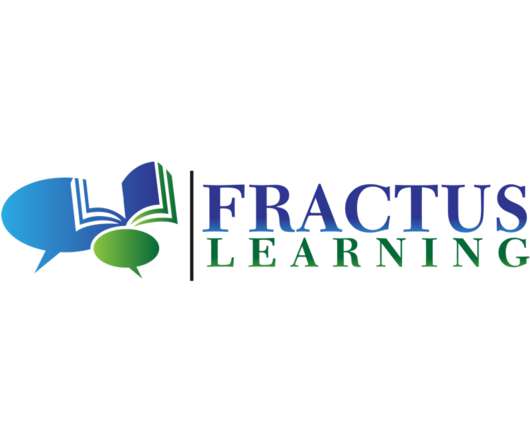Using Feedback Logs to Empower Learners
A Principal's Reflections
JUNE 17, 2018
Goodwin & Miller (2012) provided this summary: In Marzano, Pickering, and Pollock's 2001 meta-analysis, McREL researchers found an effect size for feedback of 0.76, which translates roughly into a 28-percentile point difference in average achievement (Beesley & Apthorp, 2010; Dean, Pitler, Hubbell, & Stone, 2012).






























Let's personalize your content